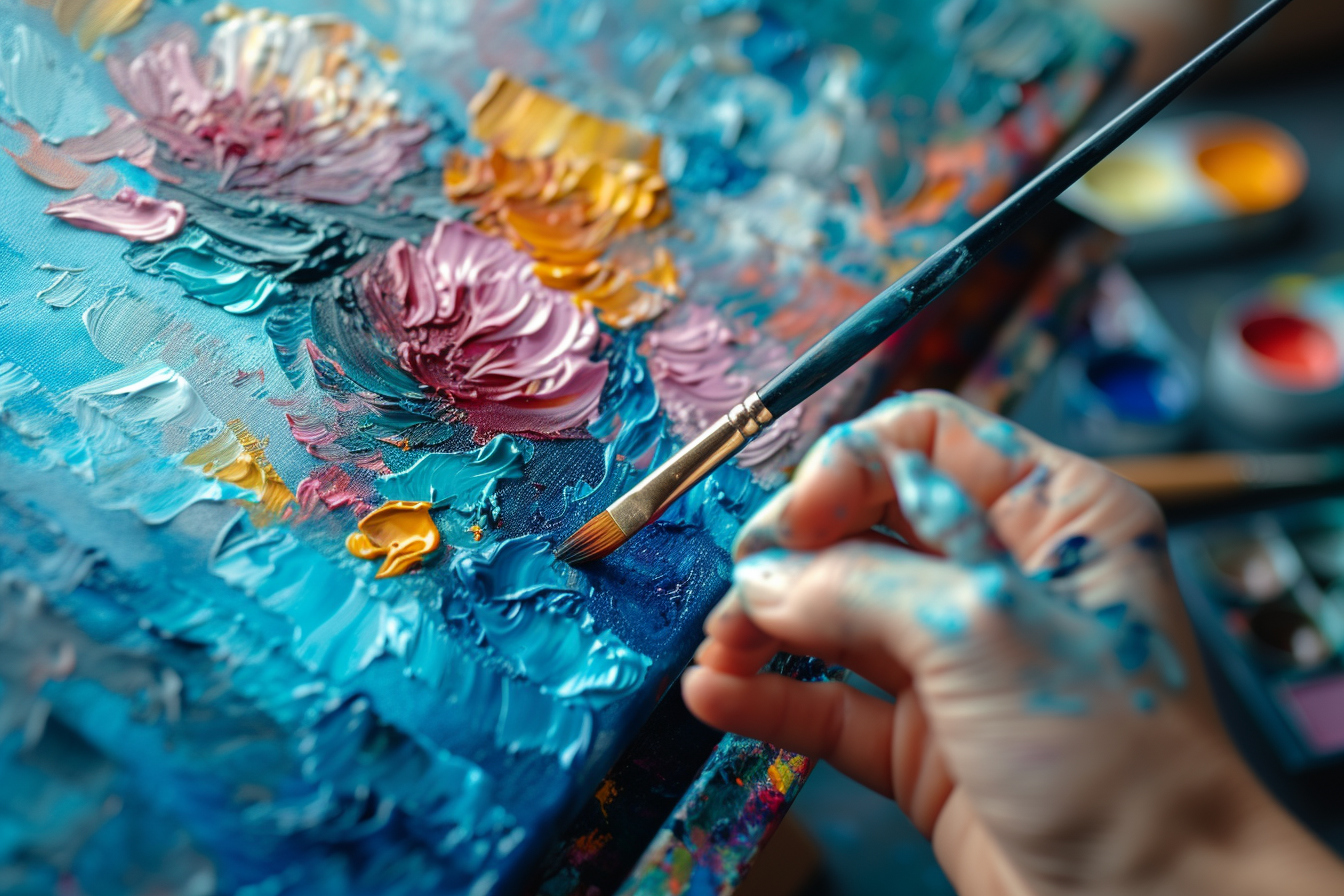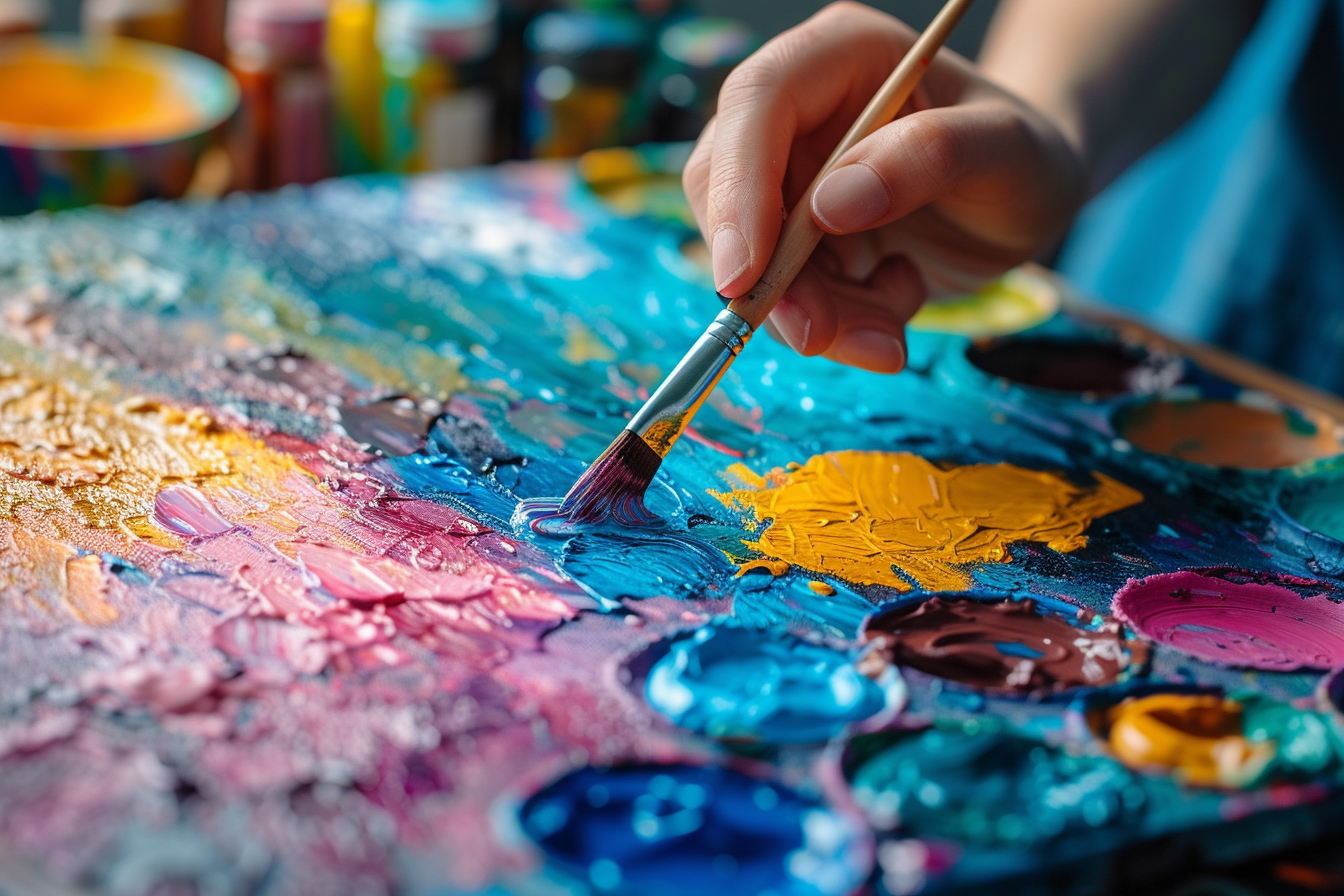Creating vibrant artworks with gouache requires an understanding of its unique properties and how to manipulate them to your advantage. Gouache, an opaque watercolor medium, offers artists the flexibility of watercolors and the opacity of acrylics. When harnessed correctly through various techniques, it produces magnificent pieces that stand out with their rich, velvety finishes.
Understanding gouache

Before diving into techniques, a thorough understanding of what gouache is, will set the foundation for better painting practices. Gouache paint consists of a high pigment load mixed with a solid white pigment, like chalk, which gives it its characteristic opacity. Unlike transparent watercolors, gouache remains opaque even when thinned with water.
Foundation of a good gouache practice
Starting with quality materials is non-negotiable for exceptional results. Invest in professional-grade gouache for its superior pigment quality and permanence. Employ appropriate paper; a heavyweight, cold-pressed watercolor paper is most effective for supporting the water you’ll add to gouache. Additionally, a good set of synthetic brushes designed for water-based media will serve you well, as gouache can be harsh on natural hair brushes over time.
Preparing your workspace
Preparation Is Key: Keep your palette clean. Gouache dries quickly, so use only small amounts at a time. Have two jars of water at hand—one for rinsing brushes and the other for mixing clean paint. A spray bottle can also be handy to keep your palette moist.
Gouache painting techniques
Starting with a toned ground
A toned ground can bring a cohesive atmosphere to your artwork. Gouache naturally covers underlying layers well, making toned paper a viable option. Begin with a mid-tone paper, allowing the gouache to showcase its range from deep shadows to striking highlights.
layering
One of the standout traits of gouache is its layering capability. This opaque medium enables the creation of sharp details and intricate designs by applying lighter colors over darker ones. Start with thin layers, allowing them to dry before adding subsequent ones. The dry brush technique can also be employed here, by using a brush with little paint to create texture and depth.
Gradients and washes
Creating smooth gradients with gouache takes practice. Mix enough paint to cover the area, as matching colors later can be challenging. Add water to your paint incrementally to get a consistency similar to cream. Apply the paint with horizontal strokes, gradually transitioning from one color to another. You can softly blend the edges while the paint is wet for a seamless gradient.
Blending for soft edges
Blending gouache requires a delicate touch. This method is ideal for creating soft edges, like in clouds or petals. Work quickly as the paint dries fast. Use a damp brush with a little paint to gently merge colors, being careful not to overwork the area, or you might lift the underlying layer.
Line work
For those wanting to incorporate fine lines and detail, gouache is pliable yet dense enough to enable crisp, defined brushwork. Use a round, pointed brush for best results. The paint should be thick enough to hold the line but not so dense that it drags or breaks.
Handling the opacity
One of the striking features of gouache is its matte finish and pure color quality. To maintain vibrancy, be mindful of paint’s opacity. Utilize the pigment’s natural covering ability to make corrections and adjustments. Understand that colors darken as they dry, so anticipate the shift when mixing hues.
Texture techniques
Achieving texture with gouache is all about brushwork and adding materials. Experiment with different strokes, splattering, or even adding sand or small fibers to the paint for an organic, tactile quality.
Troubleshooting gouache
Transform apparent mistakes into creative opportunities. Got a streaky layer? Layer over it. Paint dried too dark? Adjust with a lighter layer. Use the inherent properties of gouache to fix any blemish with confidence.
Maximizing gouache’s potential
Mastering the medium’s versatility
Gouache shines in its versatility. It can mimic the transparent delicacy of watercolors when thinned down, or the robustness of oils and acrylics at full strength. Mastering this chameleon-like quality requires experimentation — vary the amount of water used and observe the subtle changes in transparency and texture.
Caring for gouache artworks
Once your painting is complete, it needs proper handling. Flat storage in a dry place can prevent the paint from cracking, which gouache is prone to owing to its brittle nature once dried. Use fixatives certified for use with gouache to protect your pieces or consider matting and framing behind glass for display.
Continued learning
Always strive for growth by studying the works of gouache masters. Analyze how they manipulate the medium and interpret their techniques into your practice. Stay open to new ideas, and don’t hesitate to attend workshops.
Wrapping up your session
After a painting session, ensure tools are cleaned and paints sealed to prolong their life. But the learning does not end there; take some moments to review your work. Journal about what techniques worked and which ones you would like to improve.
Gouache painting combines the ease of water-based media with the visual impact of oils. Adopting these essential tips and techniques will set you on the path to producing vibrant and compelling artwork. From mastering gradients to leveraging the medium’s opacity, your journey with gouache will undoubtedly be marked by growth and discovery. As you develop your unique style, remember that patience and practice are your greatest assets in unlocking the rich potential that gouache has to offer.

Leave a Reply